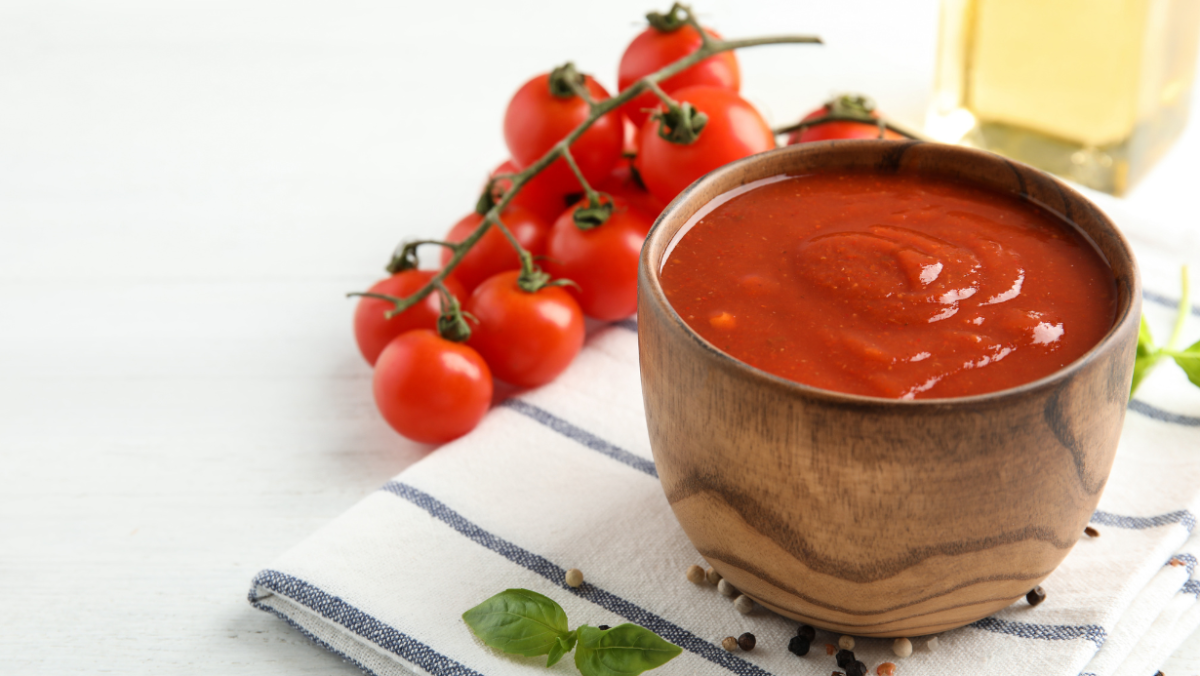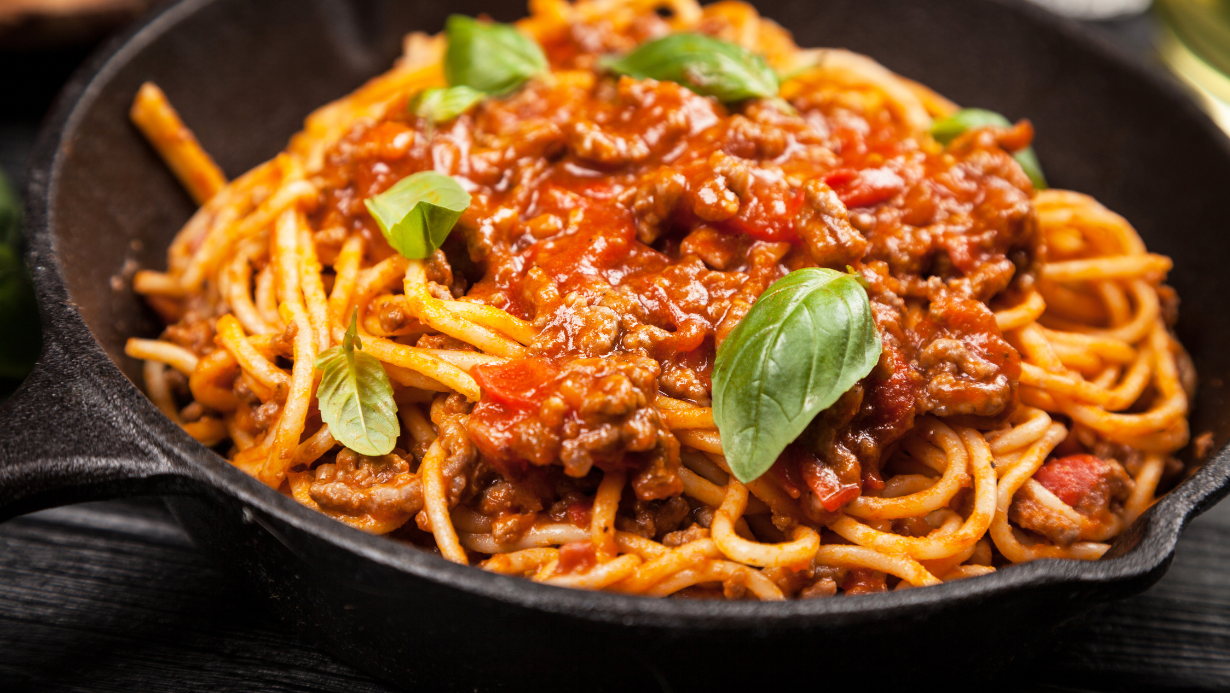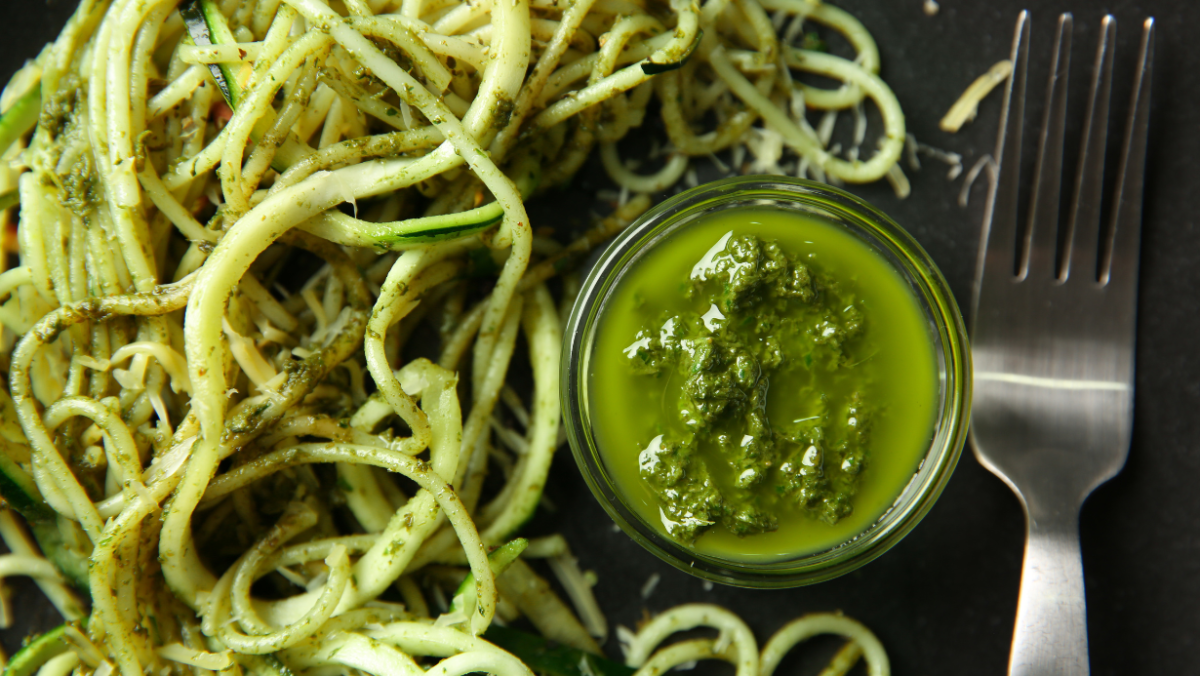While the simplicity of traditional sugo pasta contrasts with the complexity of the variation, both share an undeniable allure that transcends culinary boundaries. You’re probably familiar with the rustic charm of sugo, a robust Italian sauce that’s been simmering in family kitchens for generations. However, the variation might be an intriguing unknown, a mystery you’re eager to unravel. We’ll be exploring this version together, from its unique ingredients to the meticulous preparation method, leaving no stone unturned.
So, are you ready to embark on this gastronomic journey, uncovering the secrets of Sugo Pasta?
The history of Sugo Pasta
Delving into the rich tapestry of its past, you’ll discover that sugo pasta has a fascinating history that intertwines with the culinary evolution of Italy itself. Originating in the sunny south, sugo, a robust and hearty sauce, transformed simple pasta into a meal of substance. The combination of fresh, local ingredients and an age-old cooking process gave birth to this iconic dish.
Sugo’s roots trace back to the peasant kitchens of Sicily, where families would slow-cook tomatoes, onions, garlic, and various meats for hours to create a thick, flavorful sauce. Over time, regional variations emerged, reflecting the diverse flavors of Italy’s different provinces.
In the north, you’ll find sugo alla bolognese, a meat-based sauce, while in the south, sugo all’amatriciana, with its characteristic spicy kick from chili peppers, reigns supreme. Regardless of the variation, sugo pasta remains a symbol of Italian culinary tradition, a testament to the country’s love for simple, high-quality ingredients cooked with care and passion.
Understanding the variation
To fully appreciate sugo pasta, it’s essential to understand the ‘ variation, a unique spin on this Italian classic. This twist not only changes the texture and flavor profile, but also enhances the overall dining experience.
The variation stands out due to distinct characteristics:
- Intriguing ingredients:
- The use of semolina flour gives the pasta a rustic, hearty texture.
- Fresh herbs add a layer of complexity and depth to the flavor.
- Artful preparation:
- The dough is carefully kneaded and rested to achieve the right consistency.
- Each pasta strand is crafted by hand, reflecting the artisan’s skill and dedication.
- Emotional connection:
- The variation is more than a dish; it’s a testament to Italian culinary tradition.
- Each bite takes you on a journey, evoking memories and creating new ones.
Essential ingredients for Sugo Pasta
Now that you’re familiar with the unique variation, let’s explore the essential ingredients you’ll need to create your own Sugo Pasta at home. Cooking this dish can be a rewarding experience, especially when you’ve got the right stuff at your disposal. Here’s a handy table to help you gather what you’ll need:
| Ingredient | Quantity |
|---|---|
| Pasta | 500 grams |
| Tomato Sauce | 1 can |
| Ground Beef | 500 grams |
| Onion | 1 piece |
Now that you’ve got your ingredients, it’s time to get cooking. First, boil the pasta until it’s al dente. Meanwhile, sauté the onion and ground beef in a separate pan until browned. Then, add the tomato sauce and let it simmer for a while. Once the pasta is cooked, drain it and mix it with the sauce.
The Sugo Pasta is straightforward, but the key is in the details. Choose high-quality ingredients and take your time with each step. Remember, cooking is an art—each stroke matters. So, go ahead and try making your Sugo Pasta. It’s simpler than you think!
Step-By-Step Sugo Pasta recipe
Ready to whip up some Sugo Pasta? Let’s dive into the step-by-step process to ensure your dish turns out just right. This homemade pasta dish isn’t only delicious, but it’s also a fun and rewarding cooking adventure.
Here’s a simple guide to get you started:
- Step 1: Prep your ingredients
You’ve gathered your essentials, now it’s time to chop the onions, crush the garlic, and dice the tomatoes. The aroma of fresh vegetables will fill your kitchen, stirring up anticipation for the delicious meal to come.
- Step 2: Sauté and simmer
Heat the olive oil, then sauté the onions and garlic until golden. Add the tomatoes and let it all simmer. You’ll be enveloped in a savory aroma that’ll make your mouth water.
- Step 3: Mix and serve
Finally, mix in the pasta, sprinkle with cheese, and voila! You’re now staring at a bowl of homemade Sugo Pasta. That first bite is a moment of pure joy, as the flavors dance on your tongue.
Follow these steps, and you’ll have a dish that’s not just tasty, but also a testament to your culinary skills. Happy cooking!
Serving suggestions and pairings
Having savored that delightful first bite of your homemade Sugo Pasta, let’s consider how best to complement this dish with the ideal beverage and side options.
A full-bodied red wine such as a Chianti or Sangiovese creates a harmonious pairing, enhancing the rich flavors of the sauce while cutting through the pasta’s robust texture.
If you’re more of a white wine fan, opt for a crisp, dry Pinot Grigio. Its lightness and acidity will balance the hearty pasta beautifully. For the non-alcoholic option, a robust herbal tea or a tangy, fresh lemonade would be just right.
Choosing a side dish can be a challenge, but think along the lines of complementing the pasta’s richness. A simple green salad with a zesty vinaigrette helps cleanse the palate. Alternatively, a dish of steamed vegetables or a crusty loaf of Italian bread can serve as excellent accompaniments.
And don’t forget dessert! A traditional Italian Tiramisu or a light, fruity sorbet can provide a sweet ending to your meal.
Conclusion
So you’ve journeyed through the history of Sugo Pasta, embraced its unique tweaks, and mastered the art of its preparation. With essential ingredients at your fingertips, you’re now a seasoned hand at this culinary delight. As you serve up this saucy masterpiece and pair it with the perfect companion, remember, it’s more than just pasta—it’s love, tradition, and a hint of the unexpected, all twirled up on a fork.
Bon appétit!
Frequently Asked Questions
Is There a Gluten-Free Option for Making Sugo Pasta?
Yes, you can definitely make a gluten-free version of this dish. Just replace regular pasta with a gluten-free variety. Ensure to check all other ingredients for hidden gluten, and you’re good to go!
What Are Some Common Mistakes to Avoid When Cooking Sugo Pasta?
Overcooking is a common blunder you’ll want to dodge when preparing sugo pasta. Don’t neglect to stir frequently, as it can stick to the pan. Also, overusing spices can overpower the dish’s natural flavors.
Can Sugo Pasta Be Made Vegan or Vegetarian?
Absolutely, you can make it vegan or vegetarian. Just replace the meat with plant-based proteins or extra veggies. Use vegan cheese and ensure your pasta doesn’t contain eggs. It’s all about substitution and creativity.
How Can You Store Leftover Sugo Pasta and How Long Does It Last?
Just like safeguarding treasure, you can store leftover pasta in an airtight container in the fridge. It’ll last for about 3-5 days. Remember, it’s not gold, so don’t push beyond its freshness date!
Are There Any Variations of Sugo Pasta That Are Popular in Different Regions of Italy?
Yes, there are variations popular in different Italian regions. For instance, you’ll find Sugo all’Amatriciana in Lazio, and Sugo alla Norma in Sicily. Each region puts its own spin on this classic dish.










